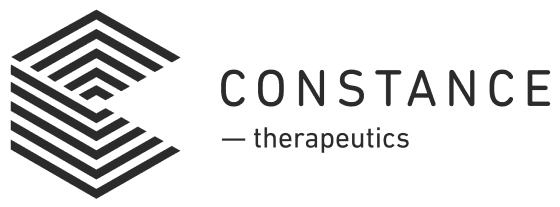The patients were treated at New York University Langone Medical Center and the University of California at San Francisco – two hospitals participating in an expanded access Investigational New Drug (IND) application authorized by the Food and Drug Administration.
This is the physician-reported data as it appears on GW’s announcement:
-
48% of all patients obtained at least a 50% reduction in seizure frequency as compared to baseline seizure frequency
-
41% of all patients obtained at least a 70% reduction in seizure frequency as compared to baseline seizure frequency
-
22% of all patients obtained at least a 90% reduction in seizure frequency as compared to baseline seizure frequency
-
At the end of 12 weeks, 15% of all patients were seizure-free
Side effects were mild to moderate, with drowsiness being the most common (40%), followed by fatigue (26%).
Dr. Devinsky of NYU’s Comprehensive Epilepsy Center was encouraged by the results and concluded that some children had marked reductions in their seizures and that the medication had been well-tolerated.
Dr. Bonni Goldstein’s Results
Coincidentally, in the same week, a Los Angeles physician, Bonni Goldstein MD, also reported data on CBD directly from her practice in treating pediatric epilepsy. As reported by O’Shaughnessy’s, the levels of effectiveness of CBD on seizure reduction that Dr. Goldstein reported were similar to the GW study.
Sixty-three of Dr. Goldstein’s intractable epilepsy patients used CBD oil from different CBD-rich strains of cannabis. Twelve used “Charlotte’s Web,” which has a CBD: THC ratio of 25:1; 41 used oil from “ACDC” plants with a ratio of about 23:1, and 10 used oil from strains with ratios ranging from 15:1 to 31:1. (Read our blog post comparing ACDC to Charlotte’s Web for information on similarities between the two strains.)
-
Of the 12 Charlotte’s Web patients, 9 (75%) experienced seizure reduction.
-
Of the 41 ACDC patients, 31 (76%) reported seizure reduction.
-
Of the 10 patients on other lab-tested oils, 6 (60%) reported seizure reduction.
The sole adverse side effect reported was drowsiness. However, a number of beneficial side effects were reported, including: improved sleep, improved appetite, improved motor skills, improved focus and learning, increased alertness, and improved speech.
It is also noteworthy that although the Charlotte’s Web strain gained popularity after helping Charlotte Figi, the young girl with Dravet’s syndrome featured in the CNN report (and for whom it is named), other strains such as ACDC have been equally effective.
Contact us to learn more about our pure CBD-rich oils which have tested as high as 82% CBD.


